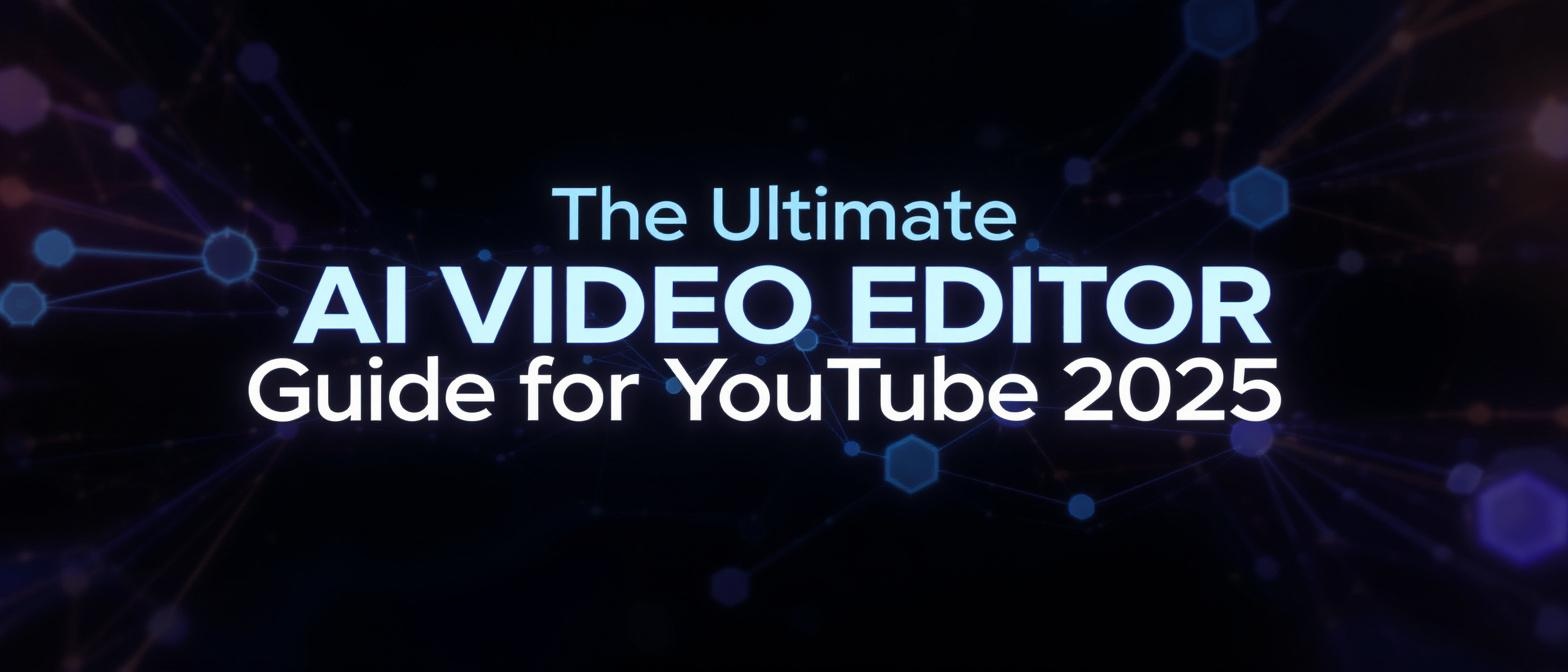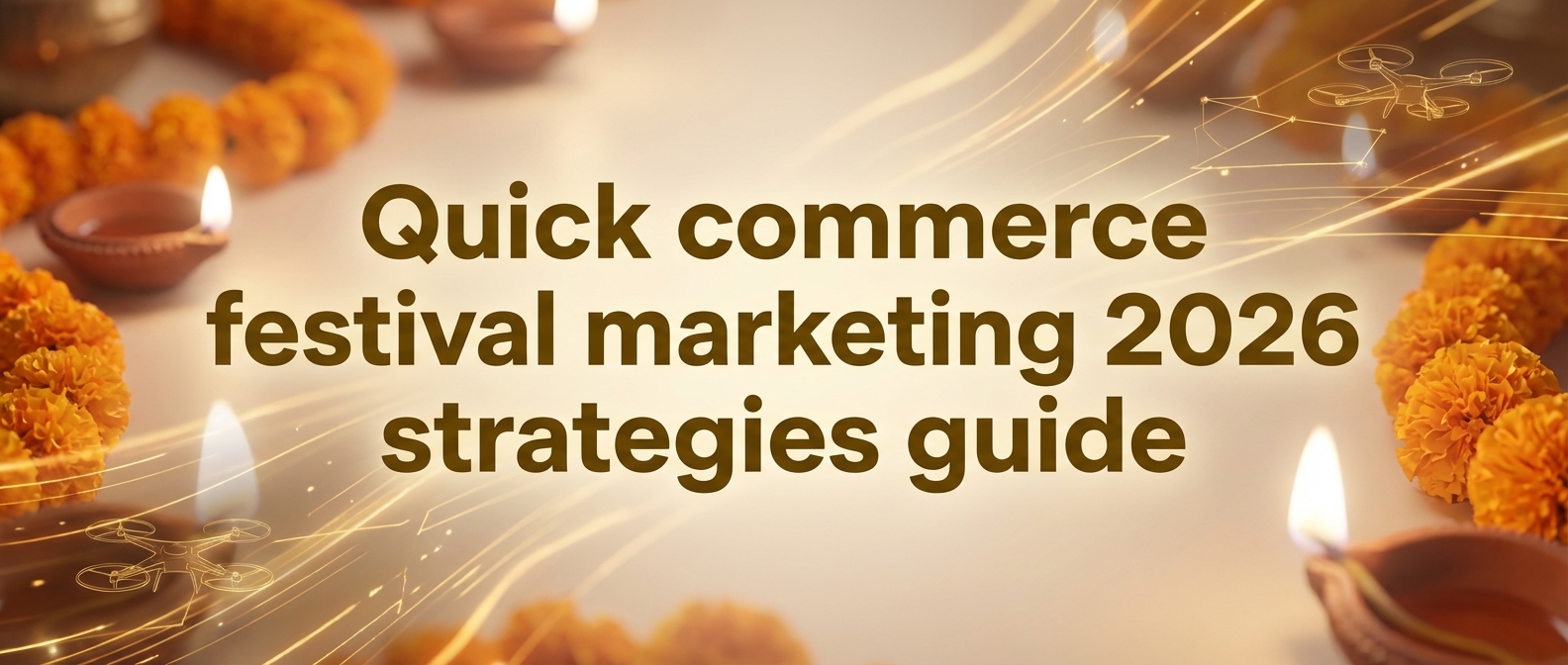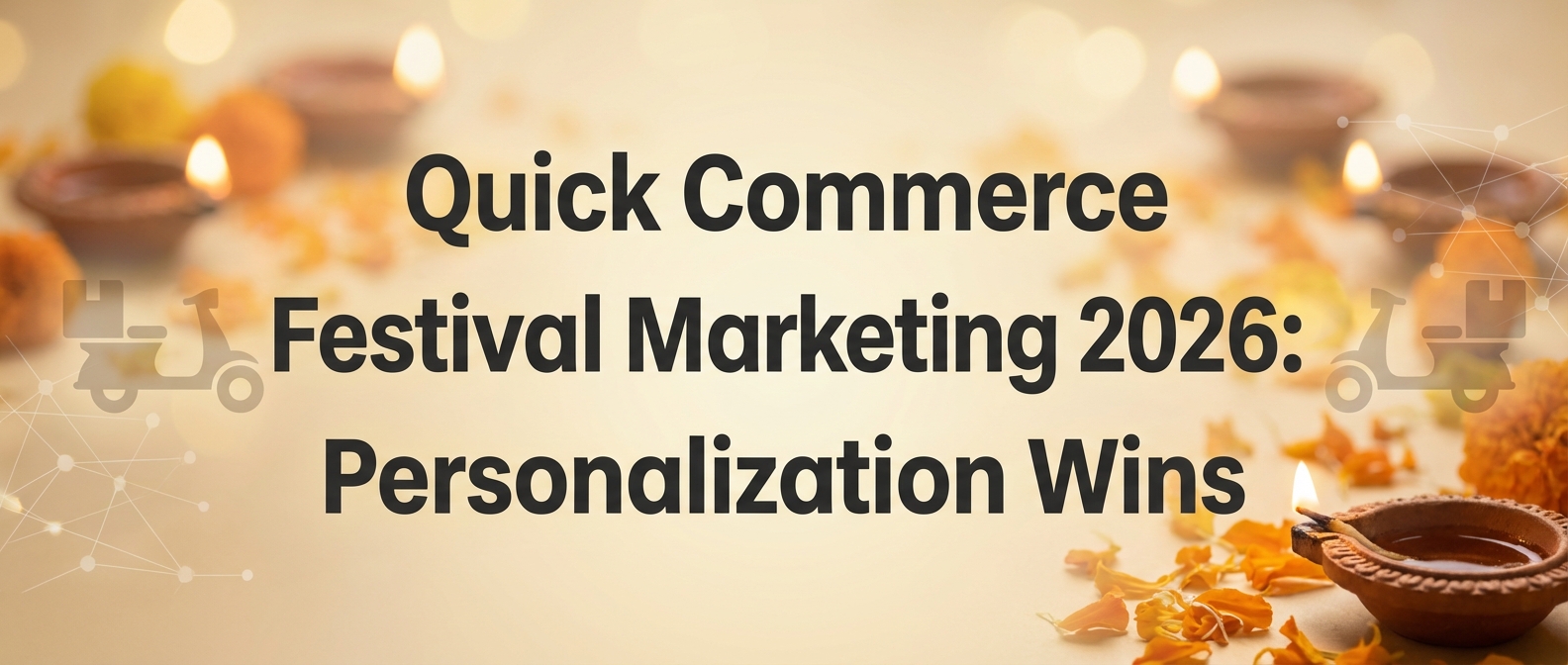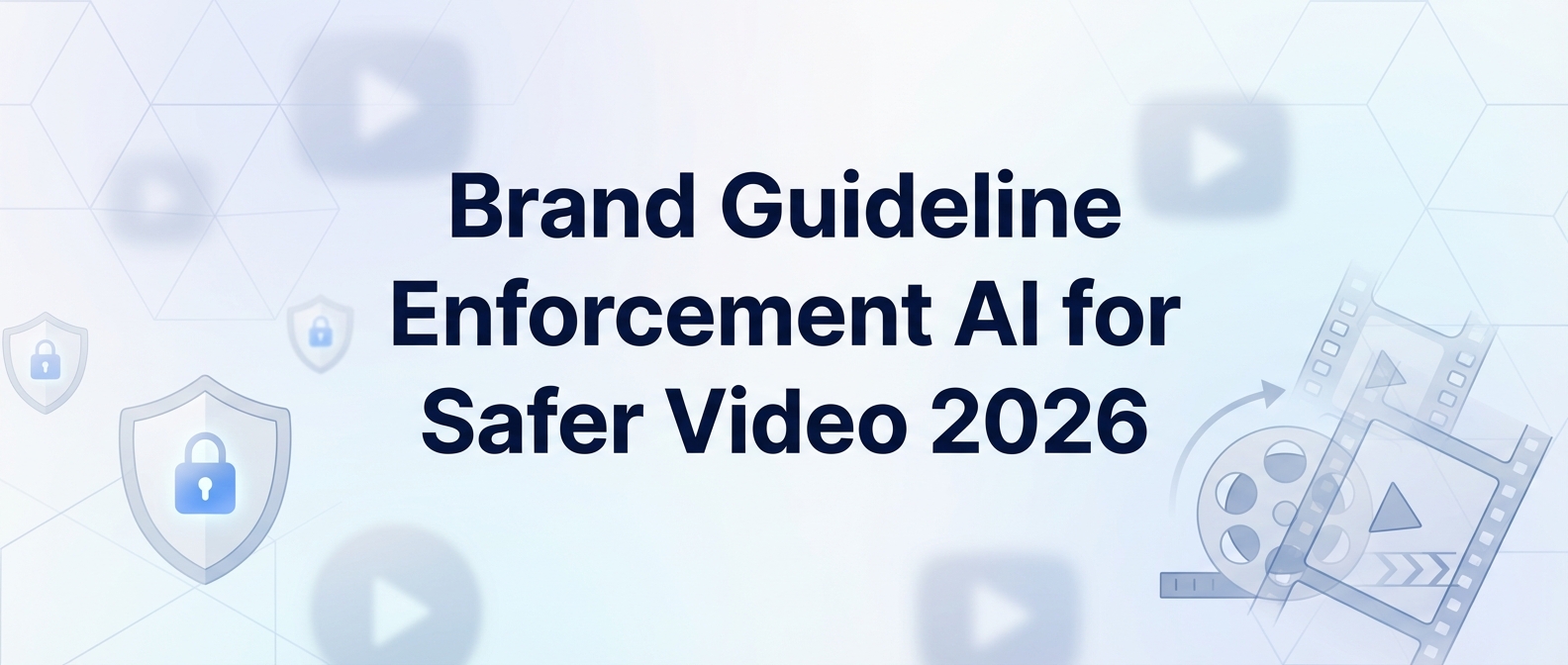The Ultimate Guide to Using an AI Video Editor for YouTube in 2025: From Strategy to ROI
Estimated reading time: ~17 minutes
Key Takeaways
- AI video editing is now a must-have for YouTube creators seeking speed and consistency.
- Ethical and consent-based AI platforms boost trust and brand credibility.
- Advanced features like multi-language dubbing expand reach to global audiences.
- Measuring ROI is crucial—track time, cost savings, and audience engagement.
- AI amplifies human creativity, freeing you to focus on storytelling and strategy.
In the sprawling, hyper-competitive landscape of YouTube, the pressure on creators has never been greater. The demand for high-quality, engaging, and consistent content is a relentless treadmill. For years, the primary bottlenecks have been the time, cost, and technical skill required for professional video editing. But a seismic shift is underway, powered by artificial intelligence. The rise of the AI video editor is not just another trend; it’s a fundamental change in the creator paradigm, leveling the playing field and unlocking unprecedented efficiency.
The numbers paint a clear picture. The global market for AI-generated video is exploding, projected to surge from just over $500 million in 2024 to well over $2 billion by 2029. This isn’t just about flashy new tools; it’s about a strategic response to a real need. For YouTube creators, from solo entrepreneurs to global brands, harnessing AI is no longer a luxury—it’s essential for survival and growth.
But simply knowing these tools exist isn’t enough. To truly dominate your niche, you need a strategy. This guide goes beyond a simple list of tips. We will provide a comprehensive framework for integrating an AI video editor into your YouTube workflow, moving from foundational strategy and advanced tactics to the critical, often-overlooked aspect of measuring your return on investment (ROI). Prepare to transform your production process, amplify your creativity, and reclaim your most valuable asset: time.
Chapter 1: The New Creator Paradigm: Why AI in Video Editing is Non-Negotiable in 2025
The romanticized image of a lone creator toiling for hours over a single video is rapidly becoming obsolete. The modern YouTube ecosystem demands speed, volume, and quality simultaneously—a trifecta that is nearly impossible to achieve with traditional methods alone. This is where AI steps in, not as a replacement for creativity, but as a powerful amplifier.
The Data-Driven Case for AI Adoption
The transition towards AI-powered tools is not anecdotal; it’s a statistically significant movement. As of 2025, an overwhelming 77% of video editing software now incorporates AI-driven features, according to extensive market analysis by Zebracat. This widespread integration signals a new industry standard. Creators who ignore this shift risk being outpaced in both speed and sophistication.
Furthermore, adoption is already widespread. A recent Wyzowl survey revealed that 51% of video marketers are already using AI tools in their creation and editing processes. This means half of your potential competitors are likely leveraging AI to produce content faster, test ideas more quickly, and reach broader audiences. The question is no longer if you should adopt AI, but how you can integrate it strategically to build a competitive advantage. The creator economy is evolving, and AI is the engine driving that change, enabling individuals and small teams to achieve production quality that was once the exclusive domain of large, well-funded studios.
Chapter 2: Foundational Strategy: Choosing the Right AI Video Editor
With a flood of new AI tools hitting the market, selecting the right platform can feel paralyzing. The key is to look past the marketing hype and focus on the foundational elements that will support your channel’s long-term growth.
Core Features vs. Gimmicks: What Truly Matters?
While features like “one-click viral video” sound appealing, sustainable success is built on a bedrock of solid, functional technology. Prioritize platforms that excel in the following areas:
- High-Quality AI Voices & Avatars: The realism of AI-generated voices and avatars is paramount. Look for natural inflection, emotional range, and photorealistic rendering.
- Robust Language Support: To tap into a global audience, you need a tool with extensive and accurate multi-language dubbing and subtitle capabilities.
- Seamless Workflow Integration: The tool should fit into your existing process. Look for features like API access, direct social media publishing, and project duplication for easy A/B testing.
- Granular Editing Control: AI should handle the heavy lifting, but you must retain creative control. A good editor allows you to tweak timing, adjust pacing, and override AI suggestions to ensure the final product aligns with your vision.
The E-E-A-T Factor: Why Compliance and Ethics Are Your Biggest Differentiator
In an era of deepfakes and misinformation, trust is your most valuable currency on YouTube. Google’s E-E-A-T (Experience, Expertise, Authoritativeness, and Trustworthiness) guidelines are more critical than ever, and your choice of AI tools directly impacts your channel’s perceived trustworthiness.
A significant content gap in many discussions about AI video is the ethical dimension. Using AI to create content with the likeness of individuals without their consent is not only unethical but also a massive brand risk. This is why choosing a platform built on a consent-first model is non-negotiable. Reputable AI video editors work exclusively with licensed, contracted actors to create their AI avatars, ensuring every video you produce is 100% commercially safe and ethically sound. As a creator, aligning yourself with an ethical platform is a powerful differentiator that builds long-term trust with your audience. For more on this, the AI Ethics Lab provides excellent resources on responsible AI implementation.
Scalability and Integration: Planning for Future Growth
The tool you choose today should be able to grow with you tomorrow. Consider the platform’s ability to scale. Does it offer enterprise-level features like team collaboration, custom avatar creation, and white-labeling? A scalable solution ensures that as your channel’s needs become more complex, your AI partner can evolve with you, preventing the disruption of having to switch and relearn a new platform down the line.
Chapter 3: The AI-Powered Workflow: 10 Advanced Tactics to Systemize Your YouTube Production
Once you’ve chosen the right platform, the next step is to integrate it into a cohesive and efficient workflow. These ten advanced tactics go beyond basic tips, reframing AI features as strategic components of a well-oiled content machine.
Tactic 1: Hyper-Efficient Scripting & Storyboarding
AI can analyze top-performing videos in your niche to suggest script structures, hooks, and calls-to-action that are proven to engage viewers. Use these tools to generate multiple script variations in minutes, allowing you to move from idea to a solid narrative foundation faster than ever before.
Tactic 2: Instantaneous Multi-Language Dubbing for Global Reach
Breaking into international markets used to require a team of translators and voice actors. Today, AI can dub your video into dozens of languages with startlingly accurate lip-syncing. Platforms like Studio by TrueFan AI enable creators to transcend language barriers effortlessly, making your content accessible to a global audience with just a few clicks.
Tactic 3: AI-Assisted Pacing and Scene Detection
AI algorithms can analyze your raw footage and automatically identify key moments, trim dead air, and suggest cuts based on narrative pacing. This automates one of the most time-consuming parts of editing, allowing you to focus on the creative aspects of storytelling.
Tactic 4: Dynamic Subtitle & Caption Automation
With over 80% of social videos being watched on mute, accurate captions are mandatory for engagement. AI-powered transcription is now near-perfect, generating and syncing subtitles in minutes. This not only improves accessibility but also boosts your video’s SEO by making its content crawlable by search engines.
Tactic 5: Advanced Color Grading and Quality Upscaling
Achieving a consistent, cinematic look across all your videos is key to building a strong brand identity. AI tools can analyze your footage and apply intelligent color correction and grading. Furthermore, AI upscaling can enhance lower-resolution clips, sharpening details and reducing graininess, giving your content a polished, professional sheen. As noted by Forbes, this technology can be a game-changer for salvaging older or less-than-perfect footage.
Tactic 6: Intelligent Music & Sound Design
AI can now compose royalty-free background music that matches the mood and pace of your video. It can also automatically level your audio, remove background noise, and add subtle sound effects, ensuring your videos sound as good as they look.
Tactic 7: Brand Consistency with AI Avatars and Templates
Using a consistent AI avatar as a host or co-host for your channel creates a recognizable brand identity. When combined with AI-powered templates for intros, outros, and lower thirds, you can ensure every video is perfectly on-brand. Studio by TrueFan AI’s 175+ language support and AI avatars offer a powerful combination for creating consistent, branded content for diverse international audiences.
Tactic 8: Data-Driven Thumbnail Generation
Your thumbnail is arguably the most important element for driving clicks. AI can analyze your video and suggest the most compelling frames to use. It can even generate multiple thumbnail variations with different text overlays and styles, allowing you to A/B test for the highest click-through rate (CTR).
Tactic 9: Automated Content Repurposing for Social Media
This is a major workflow enhancement that competitors often miss. A single 10-minute YouTube video contains dozens of potential short-form clips. AI can automatically identify the most engaging segments of your long-form video and reformat them into vertical Shorts, TikToks, and Reels, complete with captions. This tactic allows you to multiply your content output across platforms with minimal extra effort.
Tactic 10: AI-Powered Content Moderation and Brand Safety
For brands and creators concerned with community management, AI can automatically scan comments and flag hate speech, spam, or harmful content, ensuring your comment section remains a safe and positive environment for your audience.
Chapter 4: Measuring What Matters: The ROI of AI in Video Production
Implementing new technology without measuring its impact is just a guessing game. The true power of an AI video editor lies in its ability to deliver a tangible return on investment. This is a critical business aspect that is almost entirely absent from competitor discussions.
Calculating Time and Cost Savings
The most immediate ROI comes from efficiency. Industry reports indicate that AI can reduce video production time by up to 80% for specific tasks like transcription, subtitle generation, and initial rough cuts. Track the hours you save per video and multiply that by your hourly rate (or the cost of a freelance editor). The financial savings become apparent very quickly.
Impact on Engagement Metrics
The goal of using AI is not just to be faster, but to be better. Monitor your YouTube Analytics closely after implementing these AI tactics.
- Click-Through Rate (CTR): Are your AI-generated thumbnails leading to more clicks?
- Audience Retention: Is AI-assisted pacing and clean audio keeping viewers watching longer?
- Global Reach: Are you seeing audience growth in new countries thanks to multi-language dubbing?
Scaling Content Output Without Scaling Your Team
Perhaps the most significant ROI is scalability. AI allows you to increase your content frequency—moving from one video a week to three, for example—without hiring additional staff. This increased output leads to faster channel growth, more monetization opportunities, and a larger digital footprint. Solutions like Studio by TrueFan AI demonstrate ROI through rapid A/B testing of marketing messages, localization at a fraction of traditional costs, and maintaining brand compliance automatically. For a deeper dive into measuring these efforts, resources from marketing authorities like HubSpot provide excellent frameworks.
Chapter 5: The Future Horizon: Trends, Challenges, and Ethical Considerations
The world of AI video is evolving at a breathtaking pace. Staying ahead of the curve means understanding where the technology is headed and how to navigate the challenges that come with it.
The Rise of Generative Video and Virtual Influencers
We are moving beyond editing and into full generation. AI models are increasingly capable of creating video clips from simple text prompts. In parallel, AI-powered virtual influencers are becoming sophisticated brand ambassadors, offering a level of control and consistency that is impossible with human talent.
Navigating the Ethical Minefield: Deepfakes vs. Digital Twins
As technology improves, the line between an ethical, consent-based “digital twin” and an unauthorized “deepfake” becomes even more important. The future belongs to creators and platforms that champion transparency and ethics. Always be clear with your audience when content is AI-generated and partner exclusively with platforms that prioritize consent and licensing.
The Creator of Tomorrow: Human Creativity, Amplified by AI
The fear that AI will replace human creativity is misplaced. AI is a tool—an incredibly powerful one—but it lacks genuine experience, emotional intuition, and original thought. The successful creator of tomorrow will not be the one who resists AI, but the one who masters it. They will use AI to handle the tedious, repetitive tasks, freeing up their time and mental energy to focus on what humans do best: strategy, storytelling, and building authentic connections with their community. As publications like TechCrunch regularly report, the symbiosis between human creativity and artificial intelligence is the most exciting frontier in media.
Conclusion: Your Strategic Advantage in the Creator Economy
The integration of an AI video editor into your YouTube workflow is no longer a forward-thinking “what if” but a present-day necessity. By moving beyond a simple checklist of features and adopting a strategic, workflow-oriented approach, you can unlock transformative gains in efficiency, quality, and scalability.
We’ve explored how to choose the right ethical platform, implement advanced tactics to systemize your production, and, most importantly, measure the tangible ROI of your efforts. The future of content creation is not about replacing the artist; it’s about equipping the artist with an intelligent, tireless assistant. By embracing this new paradigm, you position your channel not just to compete, but to lead in the dynamic and exciting future of YouTube.
Frequently Asked Questions
1. Can an AI video editor truly replace human creativity?
Not at all. AI excels at task-based execution—like transcribing audio, trimming silence, or applying a color grade. It does not possess genuine creativity, emotional understanding, or the ability to craft a compelling narrative from scratch. The best workflow involves using AI as a powerful assistant to handle 80% of the technical work, freeing up the human creator to focus on the 20% that requires strategy, storytelling, and a unique voice.
2. What are the biggest mistakes to avoid when using AI for YouTube videos?
The biggest mistake is over-reliance, leading to generic content. Avoid accepting every AI suggestion without review. Always perform a final quality check on subtitles and dubbing. Most importantly, don’t use AI as a crutch for poor planning; a strong content strategy should always be the starting point.
3. How does AI handle complex editing tasks like emotional pacing or humor?
Currently, AI is less adept at nuanced, subjective tasks. While it can analyze data to suggest pacing based on successful videos, it cannot “feel” the emotional arc of a story or understand the subtleties of comedic timing. These areas still require a human touch. Use AI to create the rough cut, but rely on your own judgment for the fine-tuning that gives a video its unique personality.
4. What is the difference between an AI avatar and a deepfake?
The core difference is consent and ethics. An ethical AI avatar is a “digital twin” created with the full consent and contractual agreement of a real person. The platform has the legal right to use their likeness. The key difference is consent and licensing. For example, in Studio by TrueFan AI, all avatars are based on real, contracted actors, ensuring ethical and brand-safe content. Deepfakes, in contrast, often use a person’s likeness without permission, which is unethical and carries significant legal and brand safety risks.
5. How can I ensure my AI-generated content still feels authentic to my brand?
Authenticity comes from the message, not just the medium. Ensure your scripts are written in your unique brand voice. Use AI tools that allow for customization of templates, fonts, and colors to match your brand guide. When using AI avatars, treat them as a consistent character representing your brand, and ensure the scripts they deliver are aligned with your core values and messaging.




